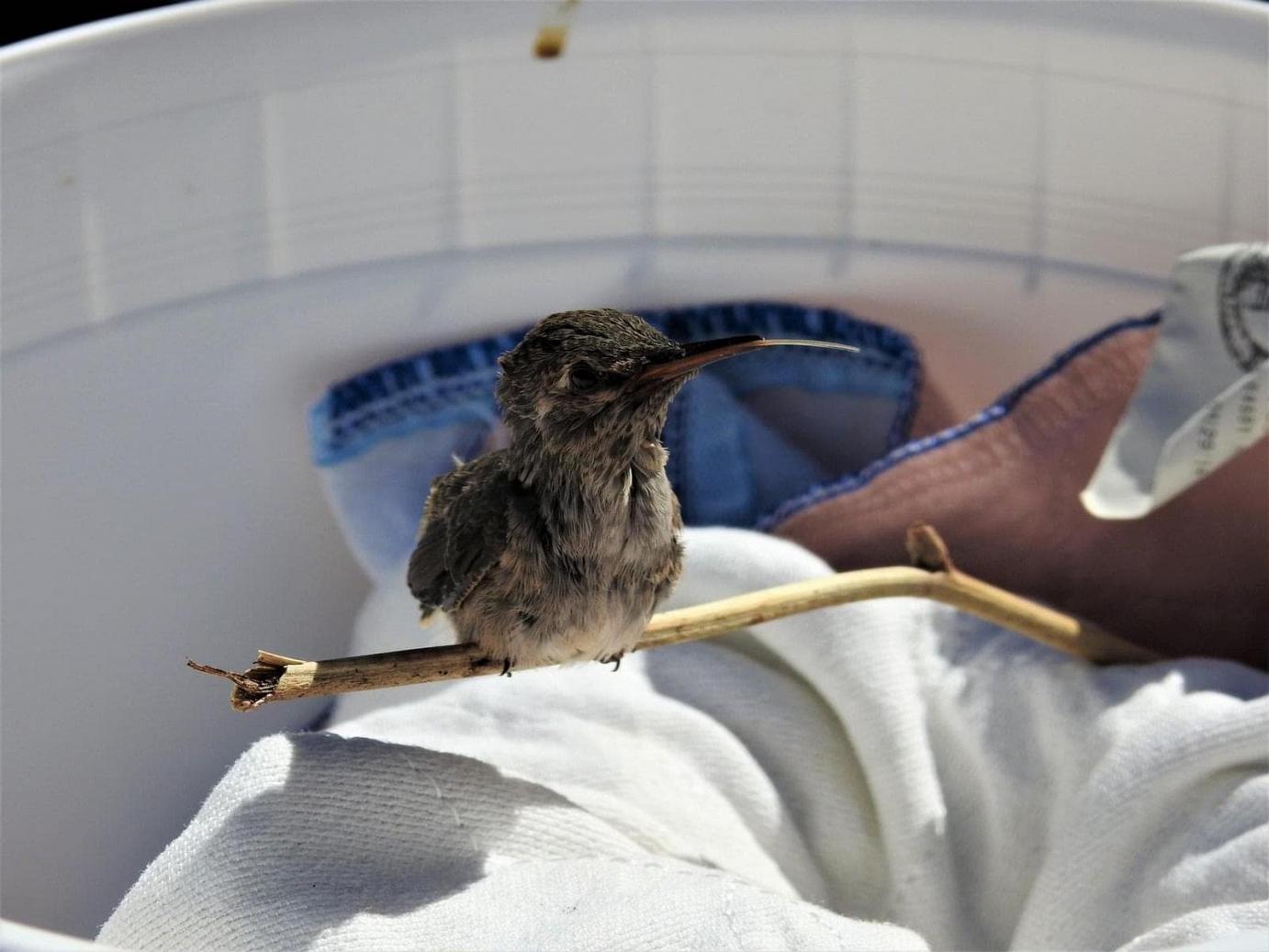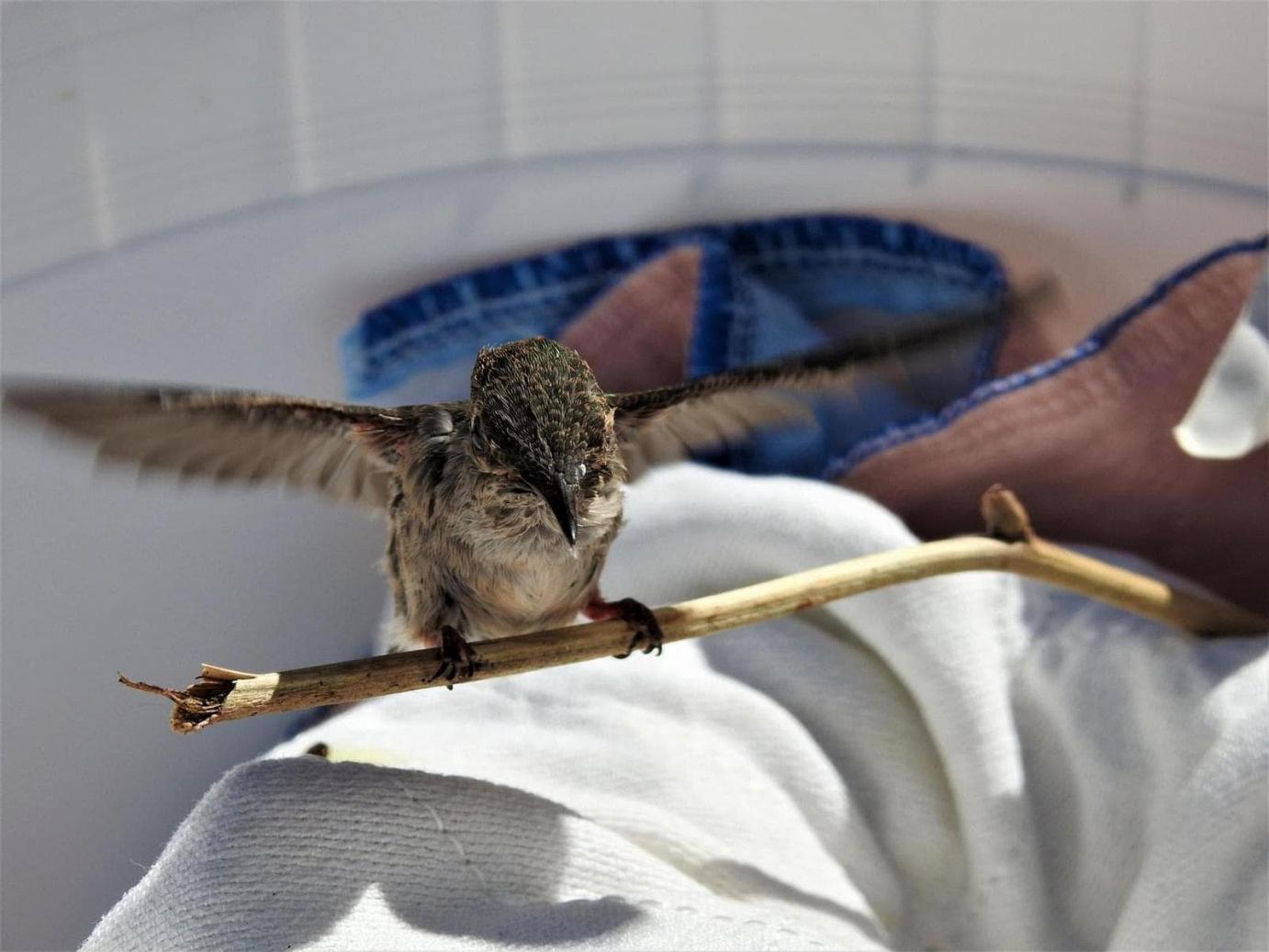Support Us
Since 1979 more than 140,000 animals have been treated by Wildlife Rescue.
Thanks to the support of individuals like you, Wildlife Rescue can provide a lifeline for animals in distress.
Spring and summer are nesting seasons for most wildlife, and good Samaritans often come upon babies out of their nests. When you find a baby bird it is important to understand how and when you can ensure the best chance of survival.

Is this a nestling or fledgling?
Did you find a baby on the ground and away from its nest? The first thing to determine is if the baby indeed needs your help.
A hatchling often appears bald, naked or only small amounts of feather or feather tracks. They are small and can be lacking in strength and energy. They are unable to fly, are reluctant to stand or walk and sometimes may not even have their eyes open.
Fledglings leave their nest 3-6 days before they can take flight while their parents are still providing their basic needs of food and shelter and keeping a close eye on them as they learn this important development. A fledgling will have short fully formed feathers and may be able to fly short distances.
Assess the circumstances when you first notice a baby. Take note of their energy levels and behavior to distinguish if this bird needs your help or if it should be left alone. If it is a hatchling or appears weak and quiet, it may need help. Birds parents will leave their young to collect food or water and return shortly. The length of time a parent leaves their young depends on species, food source, and surroundings. If you are standing near or over their baby the parents will be reluctant to return until you leave. It’s ALWAYS best to watch from a distance.
What to do when you find a baby bird?

Nearly all birds are protected by Canada Migratory Birds Act, which makes it illegal to disturb or handle active nests. Don’t try to move a nest, even if it’s in an inconvenient spot. Please contact our Support Centre for assistance to ensure you are following federal laws and COVID-19 protocols for everyone’s safety.